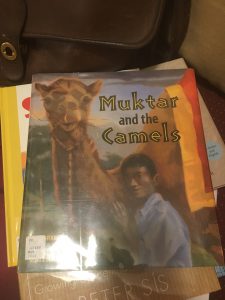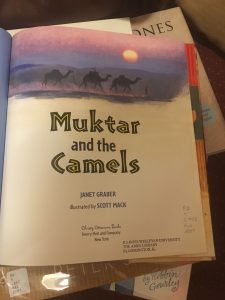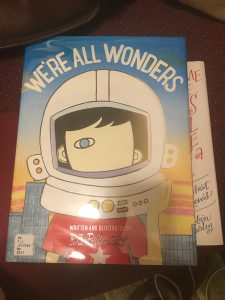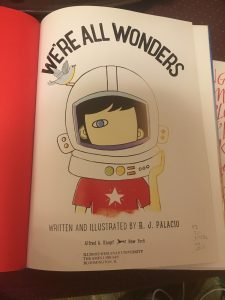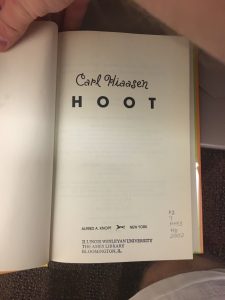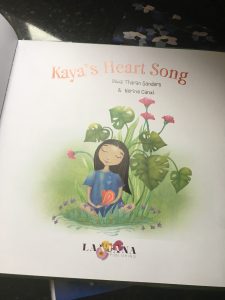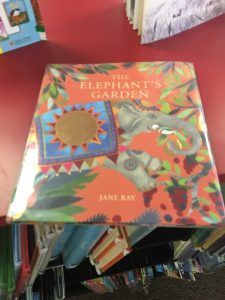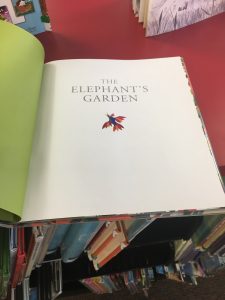Author(s), Illustrator/Photographer/Translator(s): Thomas Scotto and Olivier Tallec; Translated from French by Claudia Zoe Bedrick and Karin Snelson
Publisher and Year Number of pages: Enchanted Lion Books, 2009, 26 Pages.
Tags/Themes: France, LGBT, Gay, Childhood, Youth, Graham, Illustrators, French, 21st Century, Love, Social Conditions, Juvenile Literature, Childhood and Youth, and Dano.
Genre: Fiction
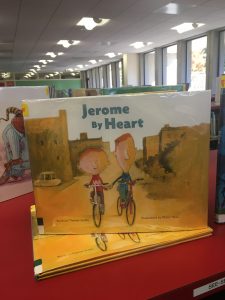
Descriptive Annotation: The cover features two young French boys-one named Jerome, and the other named Raphael-holding hands as they bike along, painted in very soothing watercolor shades, depicting a warm and friendly image of the sort of books that warms the heart. This is a combination of both standard children’s book imagery and the kind of socially conscious, but not abrasively so, type of book that often wins awards by daring to break out of the binary, heterosexual relationships so normally seen in literature. The drawings that appear in plentiful quantities inside the book are lovely in their simplicity, showing the two boys simply loving each other and participating in normal friend activities. Their experiences are described as a waterfall of love and excitement to be in each other’s presence, resulting in a profession of true love and devotion that even the most hard-hearted cynic can admire: “I’ve made up my mind. From now on, every day is for Jerome” (Scotto, p. 12). As he and his childhood friend hang out often, Raphael learns to love himself as well in the process when his parents disapprove of their relationship: “‘I had the best dream last night! It was good in a Jerome kind of way.” Dad stares at his shoelaces like he doesn’t hear a word I’m saying. Mom digs through my backpack and sighs, ‘Eat your cereal, Raphael’” (Scotto, p. 14). As a way to combat his fears that result from his parents not approving of the relationship, Raphael hones in on the things that really matter: “I forget about my mom and dad. I think only about Jerome, who I know by heart” (Scotto, p. 26). The whole of the boys’ trials, from growing up in the tightly repressed schoolyard where boys and girls make fun of their relationship, to experiencing true freedom in the first half of the book where they plan on going to wonderful places together are a key part of their story. Prior knowledge of what the implications of this relationship meant as little as 9 years ago since there have been many gains in the struggle for gay rights since then, would certainly be useful in the scenario of students reading this book in the classroom.
Classroom Application: In this picture book, the illustrations depict what is and what is not permitted by the social settings the boys interact in at various stages of the story. These lessons would be ideal for some social studies settings which have students that perhaps have had experiences with bullying or other similar encounters that weren’t positive in the past. For instance, if I was teaching this book in a lesson setting, I would mention that while I’ve never been bullied on the basis of my sexual orientation, some of my friends certainly have, and have been estranged from family or relatives. They have had to suffer through both types of shunning from time to time and didn’t get to experience some of the freedoms that we take for granted. This is a teachable moment since it’s Scotto’s way of saying that Raphael and Jerome’s lives in France in times very similar to the present day were not so drastically different from what students today have to experience. It can be hard to teach in some ways. We must try as educators to do so, however, because if we don’t, students can easily feel excluded
Linguistic and Cultural Diversity Analysis: Scotto covers the different ways in which the boys are acknowledged as a couple, showing the contrast between those who accept the relationship (teachers and some students) and those who do not (different groups of students and Raphael’s parents): “He defends me when kids make fun of me. Incredible, right?” (Scotto, p. 10). Exasperated with his fellow youths and parents, Raphael gets depressed at times, but always circles back to the love and affection that Jerome shows for him and the latter’s ability to defend him against the slings and arrows of outrageous fortune. The return of the story’s mantra at the end of the book- “Raphael loves Jerome. I can say it. It’s easy” (Scotto, p. 26)-means that it has all come full circle and that the two boys will keep loving each other, even with people not being able to accept or understand their relationship. This should be a widely taught and used piece of literature, both in the US and around the world, since it shows the profound love two young kids can have for each other at a tender age and the failure of the haters to ruin that love, which can never be truly suppressed.
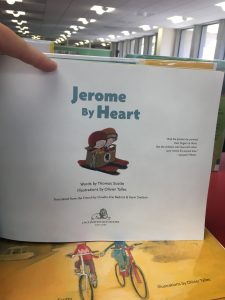

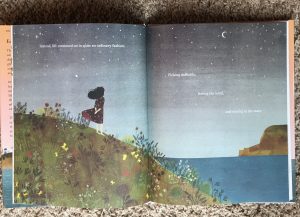

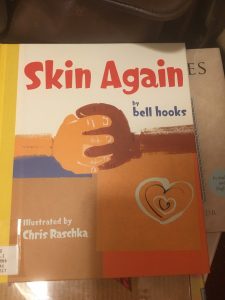 .
.
